What to Watch: The Wellness Boom

Consumer commitment to wellness is growing like never before. According to The Global Institute of Wellness, the global market is expected to reach $7 trillion by 2025, with personal care and beauty leading as the largest sector.
Thanks in part to the pandemic, the way consumers view wellness has changed drastically; a 2022 report from Wakefield Research states that more than half of Americans employ at least one preventive wellness practice weekly.
More from WWD
However, as consumers look for proactive products and services, they are also seeking options that are multifunctional and thus allow them to get the most out of their routine, while maximizing convenience, per McKinsey & Company. The wearable Oura ring, which provides an array of health insights around sleep, activity and heart rate, is one such offering gaining popularity for its multidimensional capabilities.
With consumer demand and category growth on the rise, certain trends have taken the lead. Here’s a look at six wellness sectors expected to see an upsurge in 2023.
Holistic and Hybrid Fitness:

As people began focusing on overall wellness, the last few years ushered in a fitness boom. However, consumers’ healthy routines evolved during COVID-19 and certain trends continue to prevail. While gym memberships and in-studio class attendance are slowly rising back to pre-pandemic numbers, consumers are still committed to digital fitness platforms.
Matt Powell, vice president and senior sports industry adviser for The NPD Group, previously told WWD that consumers are seeking “flexibility, ease of access, things that can be versatile.”
With this, short-form, accessible creators like Melissa Wood-Tepperberg, who has amassed more than 1 million followers across social channels, continue to expand their platforms with new workouts and additional wellness content.
The mind-body connection has also become key as people look for holistic options that simultaneously care for both their mental and physical well-being, such as yoga and walking, according to a report from the Sports & Fitness Industry Association.
Menopause Solutions:
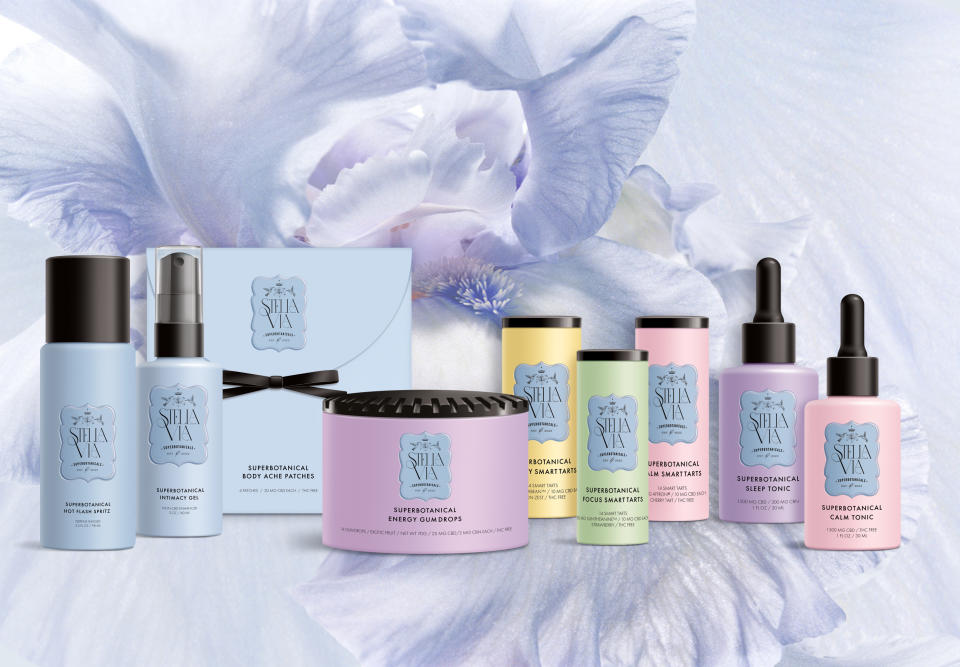
The past few years have ushered in a swath of new menopause-focused brands: Womaness, Pause Well-Aging, Wile, Stella Via and Stripes by Naomi Watts, to name a few. According to chief executive officer and chief shopper at WSL Strategic Retail Wendy Liebmann, the trend won’t be slowing down anytime soon, with 1 billion people expected to be in menopause in 2025.
“There are certainly a lot of people, celebrities and noncelebrities, starting to play in the space… What we’re just seeing is the beginning of that discussion about menopause,” she said.
Retailers have also taken notice, such as Ulta Beauty, which hosted The Menopositivity Tour, a mobile education program, with Womaness to educate consumers during Menopause Awareness Month. However, with an array of independent brands popping up, the health care industry and larger companies (like Amyris did in developing Stripes) will likely begin to invest in or support the space, said Liebmann.
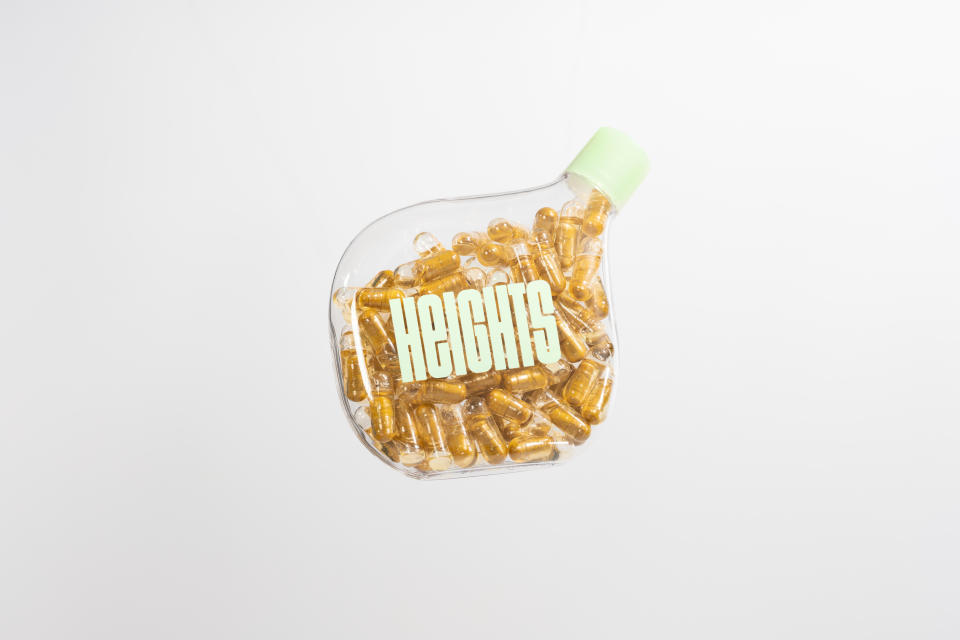
Supplements are a key category that consumers are looking at as a means to conveniently and affordably support overall wellness. And while gummies have been especially popular, brands are playing around with other formats.
“Categories, like vitamins and mineral supplements, are really expanding into lots of other forms, whether it’s Liquid I.V. kinds of things, drips, infused waters, bars or powders,” Liebmann said. “Particularly with younger shoppers who, yes, they’re taking vitamins still, but they also want them in lots of different, easier to use, sort of on-the-go” forms.
Brands have responded: Sourse opts for chocolates; Kindroot does lozenges; Glow Beauty Fuel packs it all into a tasty bar, and 8Greens wraps it all into a lollipop.
Furthermore, consumers are seeking options that provide tailored solutions, like Nutrafol’s custom supplements for hair growth, Musely’s personalized prescription skin care, Olly’s Sleep gummies or Heights’ Smart Supplement, which supports brain health, as vitamins that support mood are up 43 percent, according to Spins.
Service Spots:
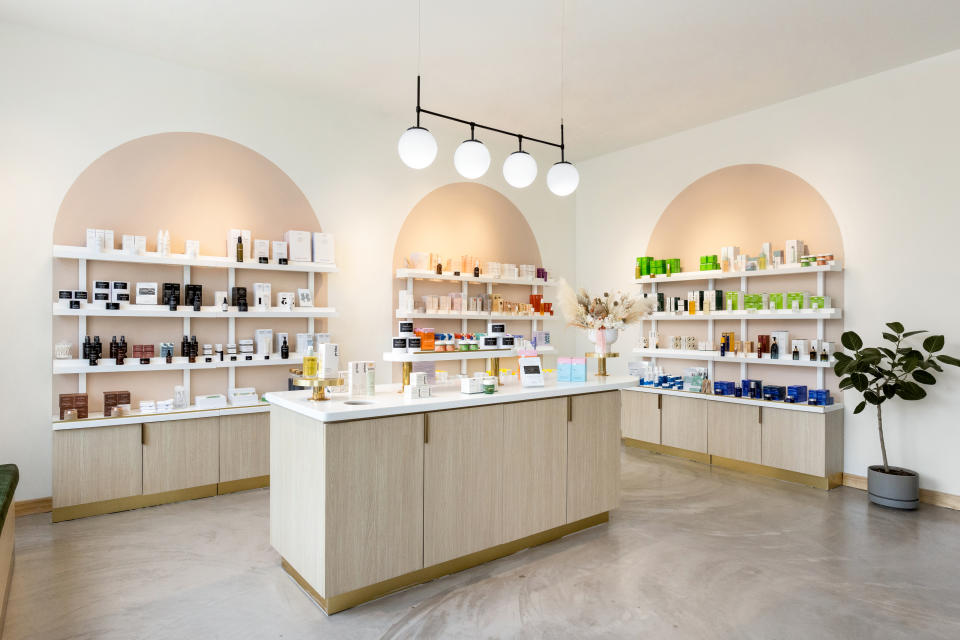
Liebmann explained that there are an array of “technologies and services or tools that we’re going to see over this coming year or so, as people just try to figure out what are all the ways they can be well… You could see the expansion of those kinds of services in malls or storefronts, as we have in specialty, but I think we will see more of that as we move through 2023.”
Whether it’s an ice bath at Remedy Place, a HydraFacial at Sephora, a fertility treatment at Mecca Cosmetica or a new fast-facial bar on every corner, wellness services continue to expand and investors are taking notice. During December, Heyday secured a $12 million Series B extension and this month Glowbar secured a $10 million Series A round. Consumers back this up with intention to spend. According to McKinsey, around 45 percent of consumers intend to spend more on services or app-based services over the next year.
Wearables:
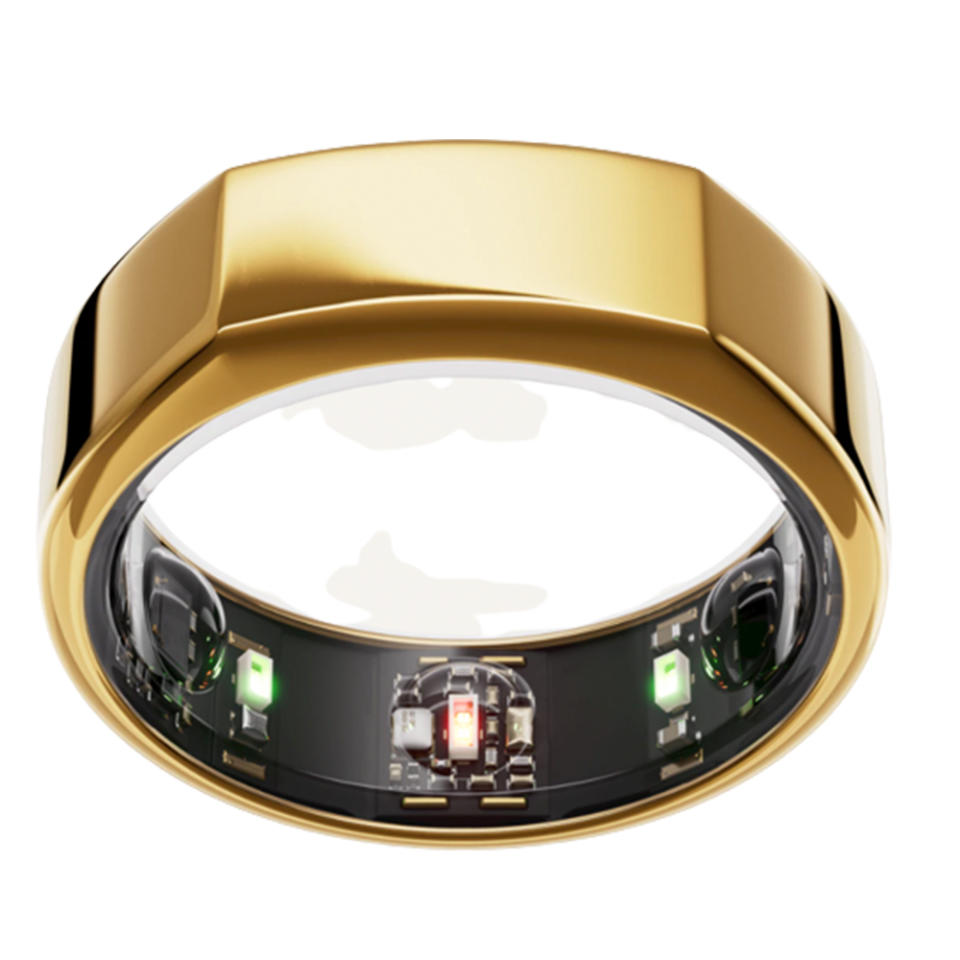
Consumers have taken matters into their own hands — literally. Wearables allow users to track pretty much every detail about their overall health. And while years ago, the Fitbit and Apple Watch were especially popular, the category has taken on a more sophisticated form with updated technologies and sleeker modalities (think the convenience of the Oura ring). According to Grand View Research, this global market is expected to reach nearly $200 billion by 2030.
Brands have risen to the occasion with unique options. Therabody’s SmartGoggles multitask as both an eye mask and massager. Nowatch‘s face-free watch claims to predict stress an hour ahead of time. Nix’s Hydration Biosensor tracks hydration levels during workouts. And similar to Oura, Whoop tracks wellness data through a discreet and stylish wrist band.
Traditional Remedies:
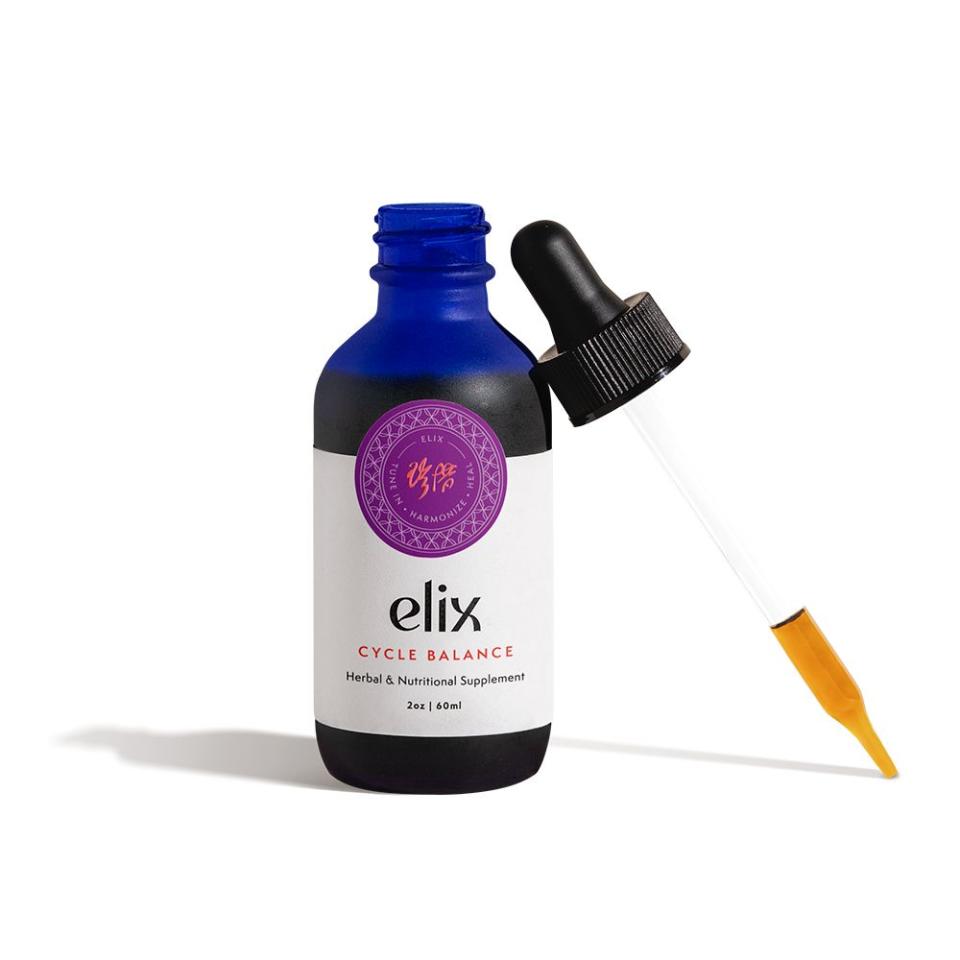
While the wellness category is certainly an innovative space, tried-and-true remedies never go out of style.
“I think the new pieces are in some ways, the old pieces. These sort of old world remedies, and I don’t mean that in a negative way. I mean, just sort of traditional things that your mother, grandmother or whatever told you,” Liebmann said. “They have certainly had a rebirth and I think they’re the areas that we’ll see have even greater play.”
While Liebmann cited making tea with turmeric at home as a natural remedy people might look to, brands have also come to market that make natural or traditional remedies accessible to wider audiences. For example, Lulu Ge has brought traditional Chinese medicine to the masses with her brand Elix, which provides personalized herbal treatments to support women’s hormonal cycles. Uma brings traditional ayurvedic ingredients and practices, like tongue scraping and herbal supplements, to the market. Similarly, Mojave Desert Skin Shield offers a detoxifying pulling oil. Brands such as these, along with at-home, traditional remedies, are positioned for continued growth.

